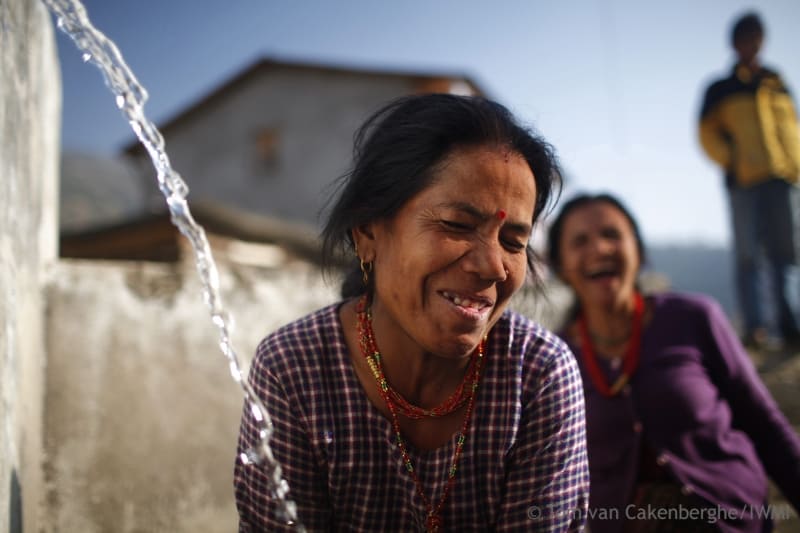How science is reviving the springs of Nepal
- From
-
Published on
28.11.19

Nestling in the Himalayan region, now acknowledged as the third-pole of the Earth, 80% of Nepal’s landscape comprises of mountains, hillsides and watersheds that feed over 4000 rivers. To the 13 million people who inhabit the upper watershed regions, springs are the primary source of water. So why is it that, in this ‘water rich’ country, the residents are grappling daily to access their minimum requirement of water?
Rejuvenation of springs is crucial for building climate resilience. To better understand the dynamics, the International Water Management Institute (IWMI) undertook a five-year study named BCRWME – Building Climate Resilience of Watersheds in Mountain Eco-regions. The objective of BCRWME was to closely study spring hydrology, i.e. the processes that recharge springs, in order to make recommendations, to better plan watershed interventions, that are targeted at recharging springs. Project interventions included afforestation, infiltration recharge ponds, small storage tanks,…
![]()
